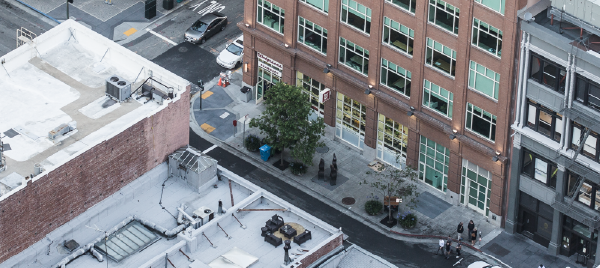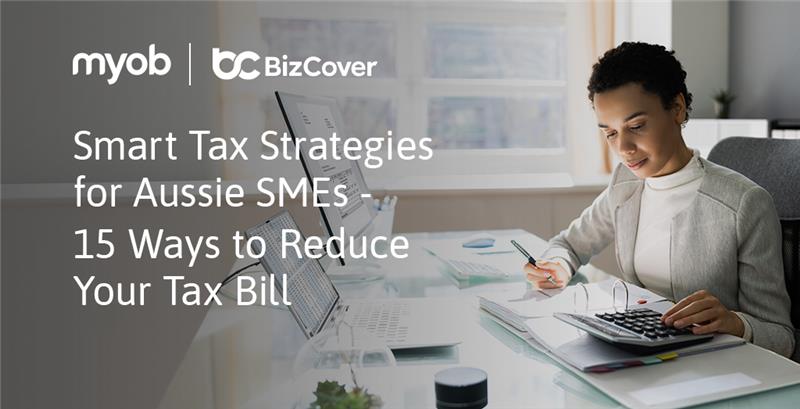The bricks and mortar of building insurance cover – what you need to know
Your business property is like your home away from home and is the place where you work your magic. Whether you’re in the business of providing expert advice to clients or serving up the best lattes in town, if the building you own was damaged by an unexpected event, like fire, storm or vandalism, how could your business keep operating?
In this article, we have a closer look at the blueprint and basics of one the most important types of insurance you need if you own your own commercial property: Building Cover
What is Building Cover?
Building Insurance provides protection for material damage to your premises, it can cover the cost of repairing or rebuilding your premises as a result of fire, storm and other perils, such as vandalism or accidental damage, specified in the policy that you elect to purchase.
Who needs it?
Building cover is generally only taken out if you are the owner of the business premises. As part of the insurance assessment process, an assessor may be brought in to conduct a valuation of the property. If you are a tenanted business owner this type of cover may not be appropriate to your individual needs and may be something your landlord takes out for the premises.
What will it protect your business from?
Each insurance policy will have its own specific list of insured events and exclusions, therefore it is best to check with your insurer or the policy wording to confirm the details of your Building insurance policy. However, some commonly covered items include:
- Business owned property
- Fixtures and fittings
- Services to the building
- Structural improvements including fencing, gates, roadways and paths
It will not cover damage to your contents this includes stock, furniture, machinery and other equipment.
- Below is a list of structures that are not usually covered under a standard Building insurance policy:
- Machinery

As with most types of insurance policies, there are a number of factors that affect how your premium is calculated. Generally, the higher the level of risk that your business is exposed to, the higher the cost of the premium.
Size: the larger the space you need to insure, the more your premium is likely to cost. For example, a large-scale factory will typically attract a larger premium compared to a small shop.
Security: what kind of security measures have you put in place to protect your building? Did you know that installing things like CCTV, monitored security alarms and steel grills on windows and doors could help to reduce your policy premium?
Location: the location of your property may have an impact. For example, postcodes which have experienced a high volume of claims due to extreme weather events, theft or vandalism may also attract a higher premium.
The age of your property: if your building is older, factors like if or when it was last rewired could influence your premium. Typically, older buildings can be seen as a higher risk to insure, and therefore more expensive.
The type of business operating from the premises: there are different risks related to different kinds of business operations. A building space operating as an office is very different from that of a retail or hospitality business.
What your building is made of: The materials used to construct your business building are also another factor that underwriters assess when calculating your building cover premium. For example, some construction materials (e.g. EPS panels, asbestos) may be deemed a higher risk due to their level of combustibility if an insured event like a fire were to occur or the cost of repairs if damaged.
Period of inoccupancy: Loss, damage or liability during any period in excess of 90 consecutive days during which the business locations are left unoccupied, unless with our written consent.

Underinsuring property and assets is a common mistake made by many small business owners in Australia, but with a bit of care and guidance is one that can be easily avoided. The Insurance Council of Australia defines underinsurance as:
“When the value you have insured your property for is not enough to cover the full value of the items you are insuring.”
Here are some of the things you should know about underinsurance:
- How underinsurance is calculated – it might seem like an easy way to save a few quick dollars but insuring your property for less than it’s actually worth can have devastating financial consequences.
Let’s say the true replacement value of a building is $200,000 but is only insured for $100,000.
If a claim was made for a loss of greater than the 10% of the sum insured, you would only be able to recover a proportion based on the ratio of the sum insured up to 80% of the replacement value. Meaning, if there was a loss of $40,000 the amount that could be recovered would be calculated using the following formula:
$40,000 (amount of loss incurred) x $100,000 (the amount insured) / (80% of $200,000 – true replacement value) = $25,000
Therefore, you would only receive $25,000 from your insurer to cover a loss of $40,000. Underinsuring your property really just isn’t worth it in the long run!
- Read your policy – know what you are covered for and equally as important, understand what you are not covered for.
- Factor in for additional costs: if your building was completely destroyed by a fire, consider the additional costs of removing debris, especially for older buildings which may contain asbestos, as well as the cost for new architectural plans and designs required for rebuilding.
- Keep your policy up-to-date – take the time to regularly review your Building policy. It is recommended that you do this annually to ensure that there is ample coverage if a disaster were to strike. Keep in mind, things like general increases in property value and any renovations your building might have received when calculating the amount of coverage you require.
Building insurance doesn’t need to be complex or difficult to understand and should be of the foundations (pun intended!) to your small business insurance plan. It provides peace of mind, protecting one of your most vital assets. You can find out more about insuring your business premises here.
This information is general only and does not take into account your objectives, financial situation or needs. It should not be relied upon as advice. As with any insurance, cover will be subject to the terms, conditions and exclusions contained in the policy wording. © 2025 BizCover Limited.






